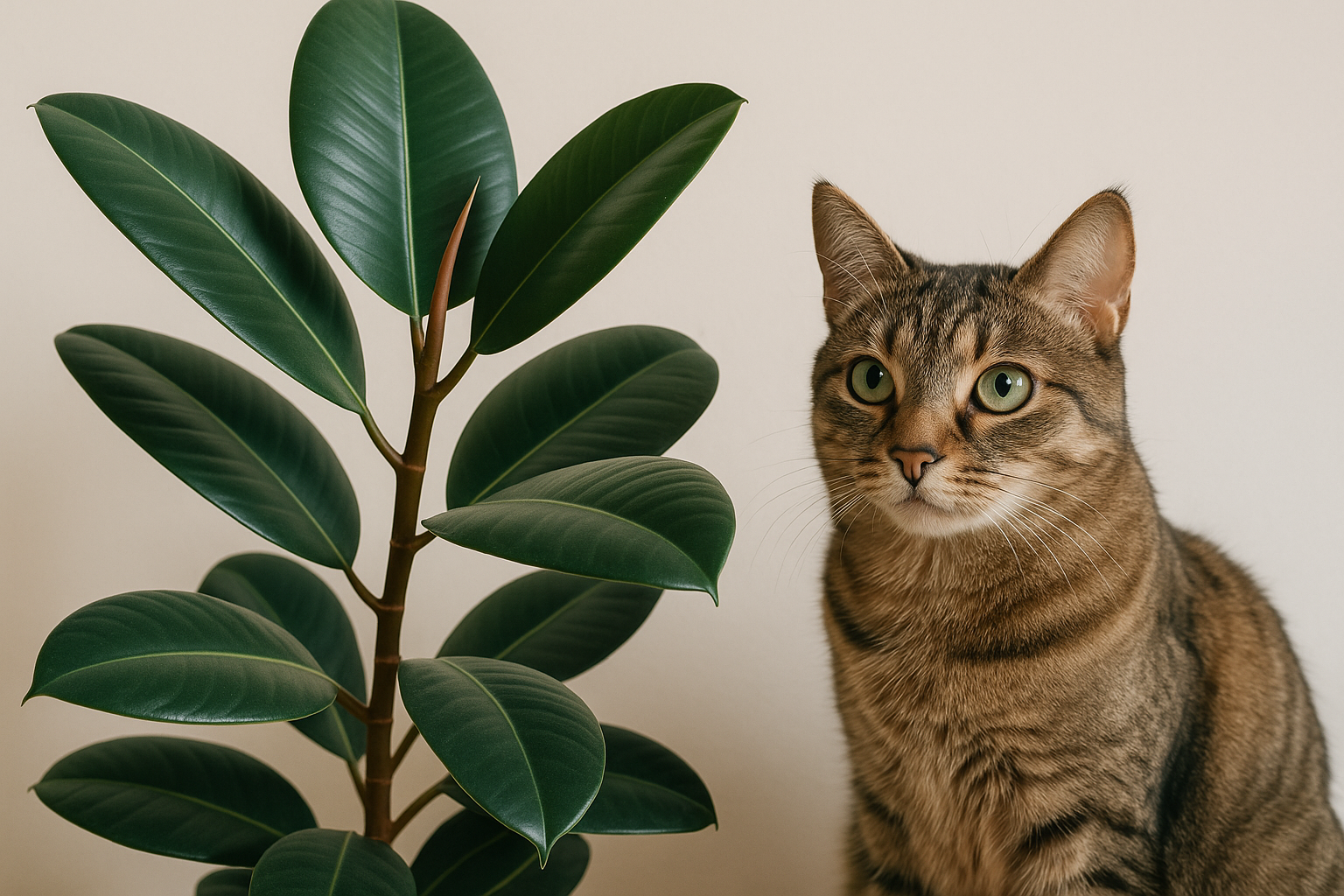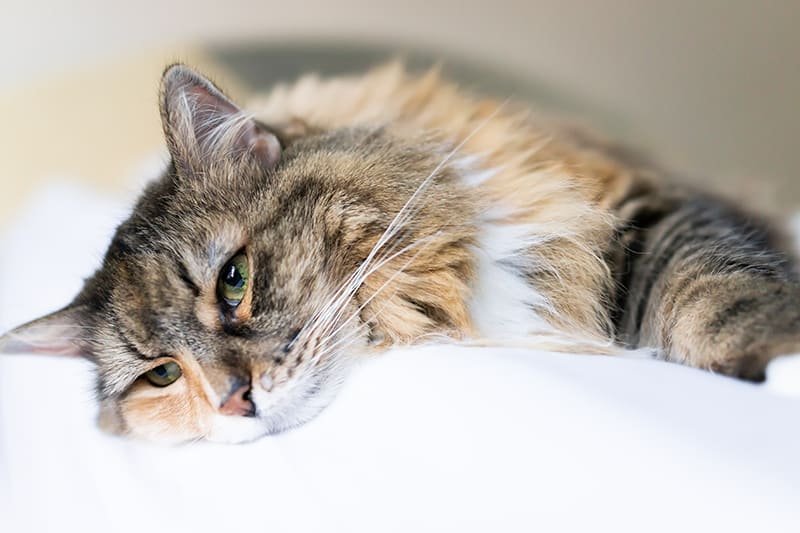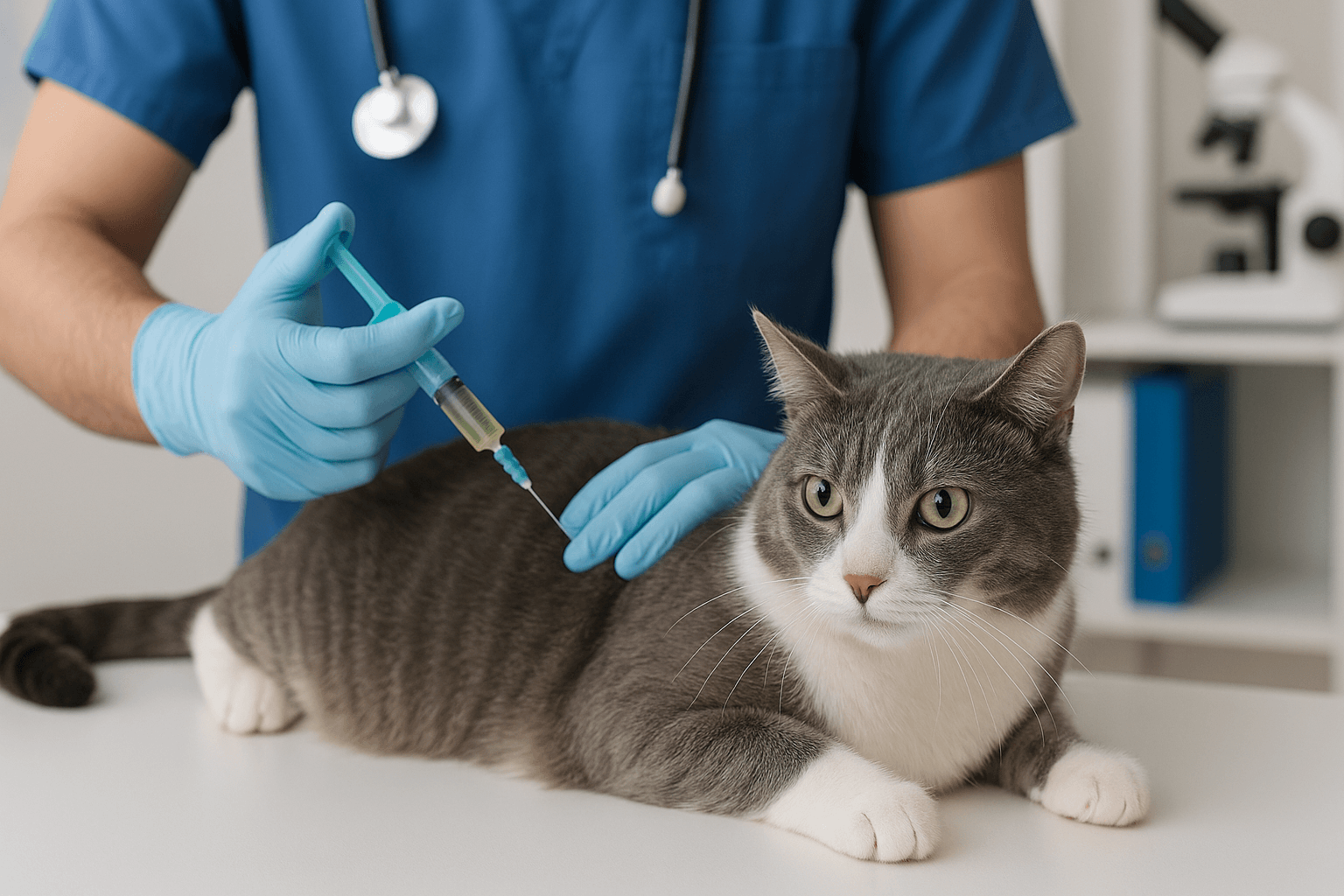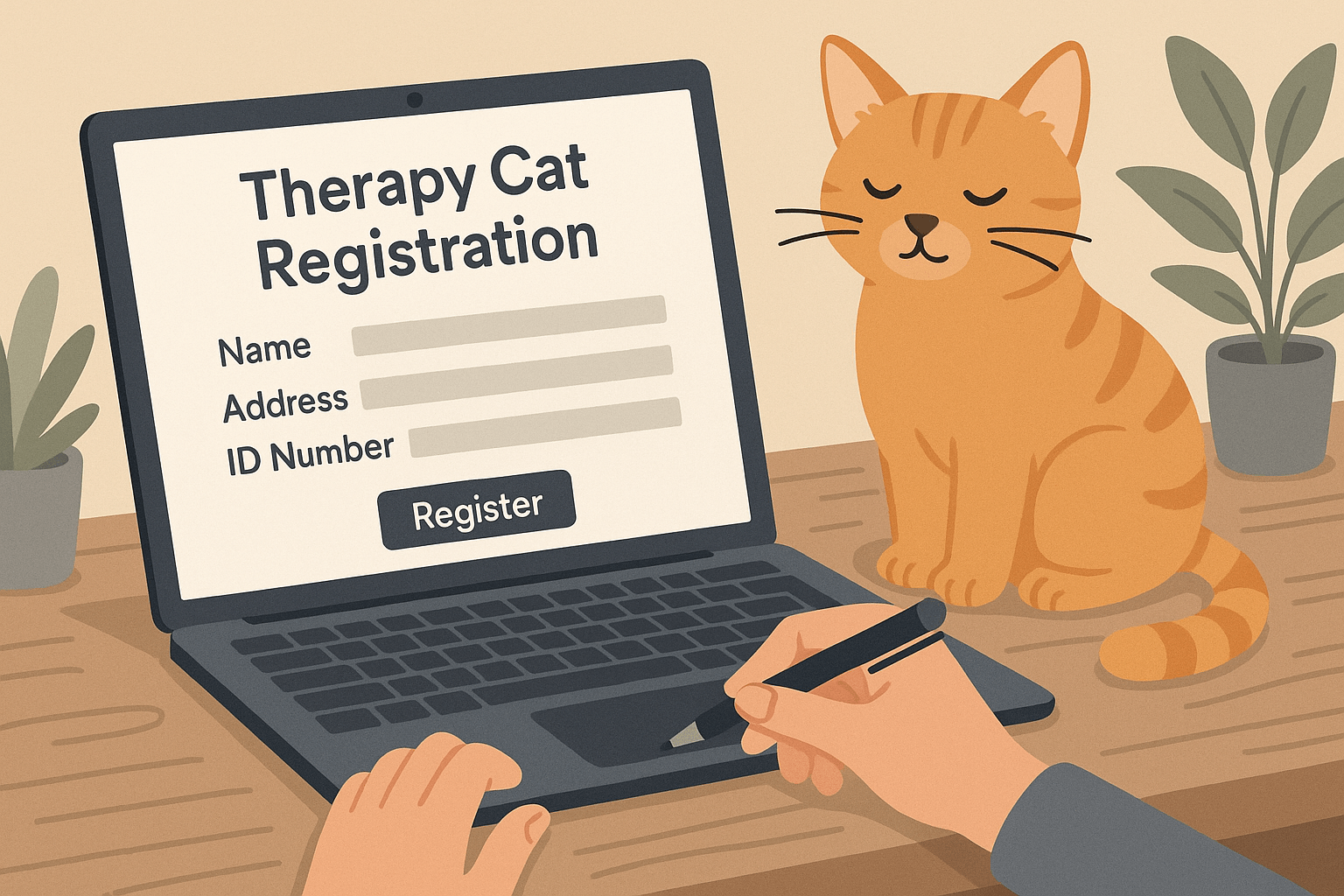Can Cats Eat Corn Husks?
Corn husks are often found in kitchens, especially during corn season or when preparing meals like tamales. While they’re a natural byproduct of corn, many cat owners wonder whether these fibrous wrappers are safe for their feline friends to nibble on. Cats are curious creatures, and it’s not uncommon for them to investigate food items left within reach. However, just because something is natural doesn’t mean it’s safe for cats. In this blog post, we’ll explore whether corn husks pose any risks to cats, how to handle accidental ingestion, and what alternatives you can offer your pet to satisfy their curiosity safely.
Potential Risks of Cats Eating Corn Husks
While corn husks might seem harmless, they can pose several risks to cats if ingested. Understanding these dangers is crucial to keeping your furry friend safe.
Choking Hazard:
Corn husks are tough and fibrous, making them difficult for cats to chew properly. This increases the risk of choking, especially for smaller cats.Digestive Blockages:
If swallowed, corn husks can cause blockages in the digestive tract due to their indigestible nature. This may lead to vomiting, constipation, or even require surgical removal.Toxic Additives:
Some corn husks used in cooking may contain spices, salt, or other seasonings that are harmful to cats. Always check for added ingredients before assuming safety.Dental Damage:
The fibrous texture of corn husks can damage a cat’s teeth or gums if they attempt to chew on them aggressively.Allergic Reactions:
Though rare, some cats may have sensitivities or allergic reactions to plant-based materials like corn husks.
These risks highlight why it’s best to prevent your cat from eating corn husks altogether.
Signs Your Cat May Have Eaten Corn Husks
If you suspect your cat has ingested corn husks, look out for these warning signs that indicate potential complications. Early detection can help prevent serious health issues.
Vomiting:
Frequent vomiting is a common symptom of gastrointestinal irritation caused by indigestible materials like corn husks.Diarrhea or Constipation:
Digestive upset may manifest as loose stools or difficulty passing feces due to blockages.Loss of Appetite:
Cats experiencing discomfort may refuse food or show disinterest in eating.Lethargy or Weakness:
A lack of energy or unusual tiredness could signal internal distress or pain.Excessive Drooling:
Drooling may indicate oral irritation or an attempt to expel something stuck in their throat.
Recognizing these symptoms early allows you to seek veterinary care promptly, ensuring your cat’s well-being.
Check this guide 👉Can Cats Eat Lime? Best 7 Expert Tips!
Check this guide 👉Can Cats Eat Vanilla? Best 7 Expert Tips!
Check this guide 👉Can Cats Eat Maple Syrup? Best 7 Expert Tips!
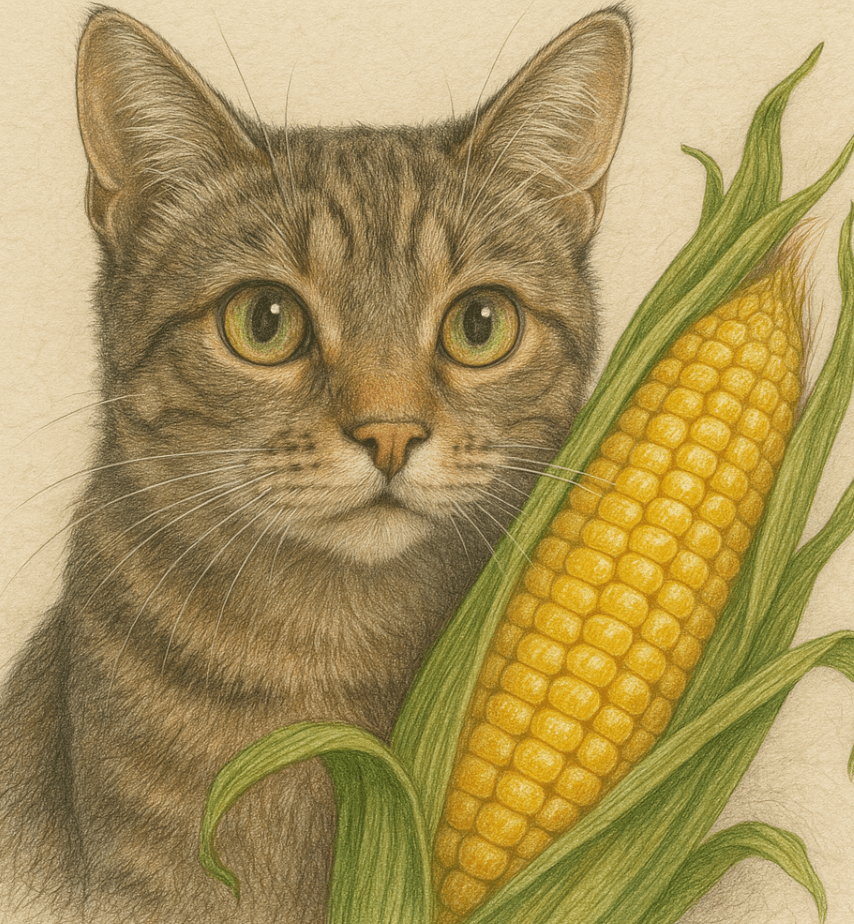
Safe Alternatives to Corn Husks | Risks of Feeding Corn Husks |
|---|---|
Cooked plain corn kernels | Choking hazards from fibrous texture |
Cat-safe vegetables like carrots | Digestive blockages from indigestible material |
Commercial cat treats | Potential exposure to toxic additives |
Fresh watermelon (seedless) | Risk of dental damage from chewing |
Plain cooked chicken pieces | Allergic reactions to plant-based fibers |
How to Safely Handle Corn Husks Around Cats
Preventing accidents starts with responsible handling of corn husks in your home. Follow these tips to ensure your cat stays safe and healthy.
Store Corn Husks Securely:
Keep corn husks out of reach, whether raw, cooked, or seasoned, to avoid accidental ingestion.Dispose of Waste Properly:
Place discarded corn husks in sealed trash bins where curious cats cannot access them.Supervise During Meal Prep:
Cats love to investigate kitchen activities, so keep an eye on them when preparing corn-based dishes.Provide Safe Chew Toys:
Offer cat-safe toys or chews to redirect their attention away from potentially harmful items like corn husks.Educate Family Members:
Ensure everyone in your household knows not to feed or leave corn husks within your cat’s reach.
By taking these precautions, you can minimize the risk of your cat encountering corn husks unsafely.
Benefits of Offering Safe Snacks Instead
Instead of risking your cat’s health with questionable foods like corn husks, consider offering nutritious and vet-approved snacks. These alternatives provide both enjoyment and nutritional value.
Cooked Plain Meat:
Small portions of cooked chicken or turkey make excellent protein-rich treats for cats.Steamed Vegetables:
Softened carrots or green beans are safe, low-calorie options that most cats enjoy.Cat Grass:
Many cats love nibbling on cat grass, which aids digestion and satisfies their urge to chew.Freeze-Dried Treats:
Freeze-dried liver or fish treats are highly palatable and packed with nutrients.Bone Broth (Unsalted):
A small serving of warm, unsalted bone broth can be hydrating and comforting for your cat.
Offering these safe snacks ensures your cat enjoys tasty treats without compromising their health.
Common Mistakes Owners Make with Corn Husks Around Cats
Even well-meaning cat owners can make mistakes when it comes to handling corn husks. Avoiding these errors helps protect your pet from unnecessary risks.
Leaving Corn Husks Unattended:
Leaving husks on countertops or tables makes them easily accessible to curious cats.Assuming Seasoned Husks Are Safe:
Adding spices or salt to corn husks creates additional hazards beyond the husk itself.Ignoring Warning Signs:
Delaying action after noticing symptoms of ingestion can worsen your cat’s condition.Feeding Raw Corn Husks:
Raw husks are particularly tough and fibrous, increasing the likelihood of choking or blockages.Not Securing Trash Bins:
Curious cats can rummage through open trash cans, finding discarded husks and other harmful items.
Avoiding these mistakes ensures a safer environment for your cat.
Understanding Your Cat’s Natural Instincts Around Corn Husks
Cats are naturally curious and driven by instinct, which explains why they might investigate or chew on corn husks. Understanding their motivations helps you address the behavior effectively.
Curiosity and Exploration:
Cats use their mouths to explore new textures, including fibrous materials like corn husks.Teething Behavior:
Kittens and younger cats may chew on objects to relieve teething discomfort.Hunting Instincts:
The rustling sound of corn husks might mimic prey movements, triggering a hunting response.Boredom or Stress Relief:
Chewing on non-food items can sometimes indicate boredom or anxiety in cats.Territorial Marking:
Cats may chew on objects to mark their territory or assert dominance over their environment.
By recognizing these instincts, you can redirect unwanted behaviors toward safer outlets.
Tips for Introducing New Foods to Your Cat Safely
Introducing new foods to your cat requires caution and consideration. Here are some guidelines to ensure their safety and satisfaction.
Consult Your Veterinarian First:
Always seek professional advice before offering unfamiliar foods to your cat.Start with Small Portions:
Begin with tiny amounts to observe how your cat reacts and to prevent digestive upset.Avoid Human Seasonings:
Spices, salt, and oils commonly used in human cooking can harm cats and should be avoided.Monitor for Allergic Reactions:
Watch for signs like itching, swelling, or gastrointestinal issues after introducing new foods.Stick to Vet-Approved Options:
Prioritize foods specifically formulated for cats to ensure nutritional balance and safety.
Following these tips ensures a smooth and safe introduction of new foods into your cat’s diet.
Frequently Asked Questions About Cats and Corn Husks
Are corn husks toxic to cats?
While not inherently toxic, corn husks can cause choking, blockages, or irritation, making them unsafe for cats.
What should I do if my cat eats a corn husk?
Monitor your cat closely for symptoms like vomiting or lethargy, and contact your veterinarian immediately if you notice any concerns.
Can kittens eat corn husks?
No, kittens are more vulnerable to choking and digestive issues, so corn husks should always be avoided.
Are there any parts of corn that are safe for cats?
Plain, cooked corn kernels in moderation are generally safe, but avoid seasoning or butter.
How can I stop my cat from chewing on unsafe items?
Redirect their behavior with interactive toys, cat-safe chews, or puzzle feeders designed to engage their curiosity.
Prioritizing Your Cat’s Safety When It Comes to Corn Husks
While corn husks might seem like an innocent item in your kitchen, they pose significant risks to cats if ingested. From choking hazards to digestive blockages, the potential dangers far outweigh any perceived benefits. By understanding these risks, providing safe alternatives, and taking preventive measures, you can ensure your cat remains happy, healthy, and free from harm. Remember, your feline companion relies on you to make the best choices for their well-being—so always prioritize their safety above all else.
Is the Rubber Tree Cat Safe? Best 7 Expert Tips! Discover expert advice on keeping rubber plants safely in cat-friendly homes and learn top tips for pet-safe plant care.
Low Red Blood Cell Count in Cats: Best 7 Expert Tips! Discover causes, symptoms, and treatment options for feline anemia. Learn how to support your cat’s health effectively with expert advice.
Understanding Megacolon Treatment: Best 7 Expert Tips! Discover effective strategies to manage feline megacolon, from dietary changes to surgical options, ensuring your cat’s comfort and long-term health.
How to Register a Therapy Cat: Best 7 Expert Tips! Discover essential steps to certify your cat as a therapy animal, prepare them for training, and make a meaningful impact in therapeutic settings.

